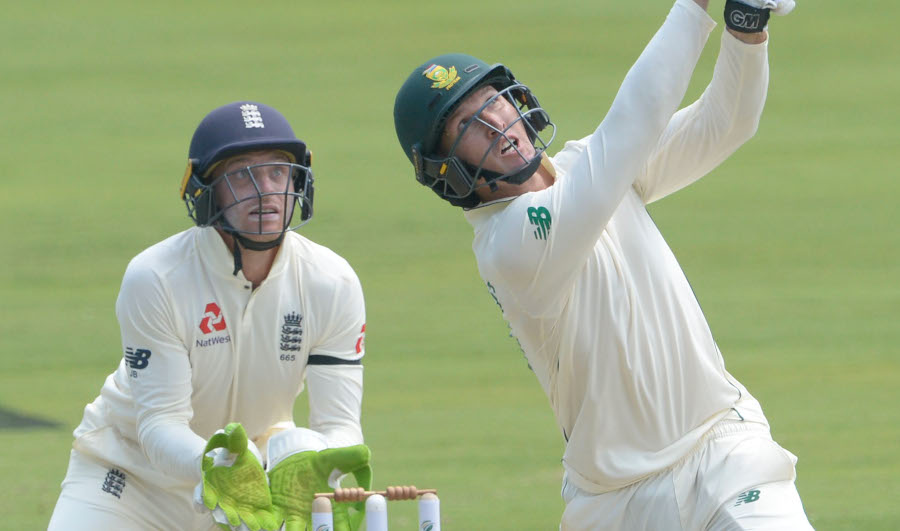Two years ago, Kyle Abbott quit the Proteas in favour of a Kolpak contract. Two years later, Duanne Olivier did the same.
Nine months since, Dwaine Pretorius has bucked the trend by snubbing a Kolpak contract – and at a crucial juncture for South African cricket, too.
Pretorius’ decision to stay, allegedly after an earnest conversation with Graeme Smith, rather than pursue a career with Nottinghamshire in English county cricket is a ringing endorsement for South African cricket’s apparent new dawn.
When Lungi Ngidi and Temba Bavuma were ruled out of the ongoing first Test due to injury, Andile Phehlukwayo’s inclusion in the XI was all but a given. Seven years younger and four Tests more experienced than Pretorius, Phehlukwayo also obliged the right transformation cues.
New magazine issue: Why De Kock must bat at four
Pretorius, however, was selected – and shared an important partnership with Quinton de Kock before claiming the key wicket of Joe Denly.
Five months ago, Pretorius was just another member of the Proteas’ plighted World Cup squad. A month after that he was courting English county cricket with Northamptonshire. Three weeks ago, he was sidelined by injury and unlikely to feature in the remainder of the Mzansi Super League.
Two weeks later, he has won the MSL with the Paarl Rocks and is ostensibly the face of South African Test cricket’s all-rounders for the foreseeable future, especially as Vernon Philander’s retirement nears.
Under Smith and Mark Boucher, what was previously unlikely is now possible, if not probable. Their collective and individual influence is currently exemplified by Pretorius’ presence in the Test XI – and might continue via AB de Villiers’ return ahead of next year’s T20 World Cup.
Smith and Boucher’s short-term implementations this month will require long-term sustainability, though. One hopes and trust meddlesome selection doesn’t repeat a past that saw Hardus Viljoen forego opportunity abroad to instead debut for the Proteas.
Viljoen’s international career, of course, spanned just one Test. Marchant de Lange’s Test career lasted just two. Both have since succeeded overseas, where permanent positions for player like Pretorius are fashioned rather than forced. For now, Pretorius’ place has effectively been forced. He is not the the Test team’s best number seven batsman and fourth seamer option in the country. Phelukwayo is, if not Wiaan Mulder.
Smith has been proactive in retaining Pretorius, even at the expense of what Phehlukwayo represents to a Proteas Test XI that has to transform beyond just one black African (just Kagiso Rabada in Centurion) per XI. That will return with Bavuma and Ngidi’s fitness for the second Test at Newlands.
‘I’m fully aware that in times of change in any organisation there will be instances of uncertainty and distrust from members of certain groups. I’m also well aware that in South Africa, it will take a lot for some members of the black community to put their trust in a white man of my background,’ said Smith.
‘I can assure them, however, that I fully intend to do my best to advance the transformation agenda of Cricket South Africa and ensure that young black African players are given the opportunity that they deserve to reach the highest levels in all areas of the game.’
There is, indeed, room for all – black, white, Phehlukwayo, Pretorius and more – in Smith’s current and future plans.
Photo: Gallo Images







